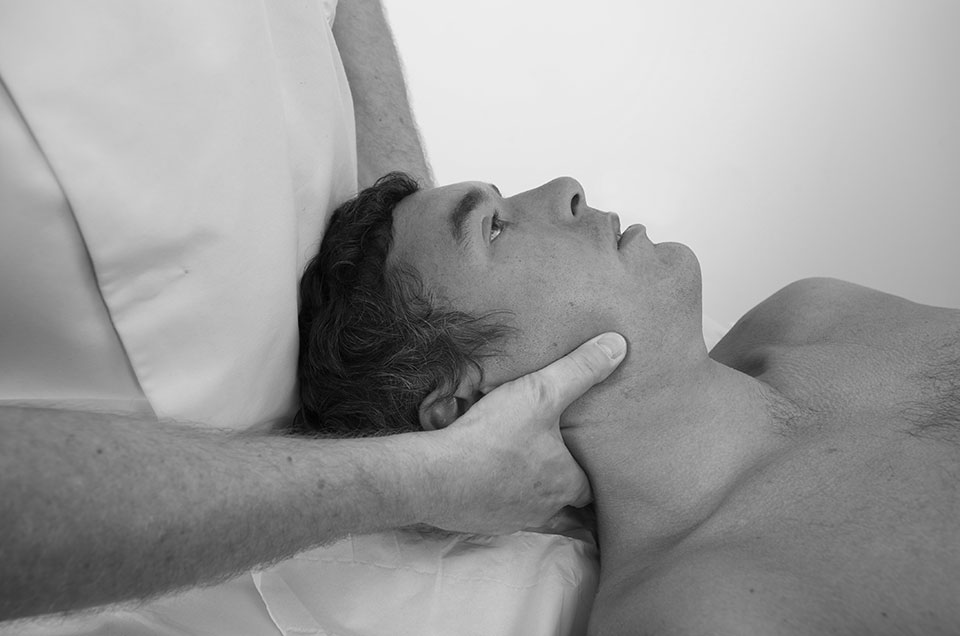Osteopathy is a primary health care system, complementary to other medical practices. It is suitable for almost anyone and can contribute to the treatment and management of a wide range of conditions. Osteopaths primarily work through the neuro-musculo-skeletal system, mostly on muscles and joints, using holistic and patient-centred approaches.
A core principle behind osteopathy is the idea that the body is an integrated and indivisible whole, and contains self-healing mechanisms that can be utilised as part of the treatment. No part of the body works, or can be considered, in isolation. Relevant psychological and social factors also form part of the process of patient diagnosis.
The key tools for osteopathic diagnosis include listening to the patient’s history, careful and methodical clinical examination along with observing movements. X-rays, scans and other clinical investigations are also used if required and will work in collaboration with your GP to achieve this. A wide range of gentle, non-invasive manual techniques such as deep tissue massage, joint articulation and manipulation are applied therapeutically.
Osteopaths must be registered with the General Osteopathic Council in order to practice. Patients may be referred by their doctor, or may opt to see an osteopath independently.

